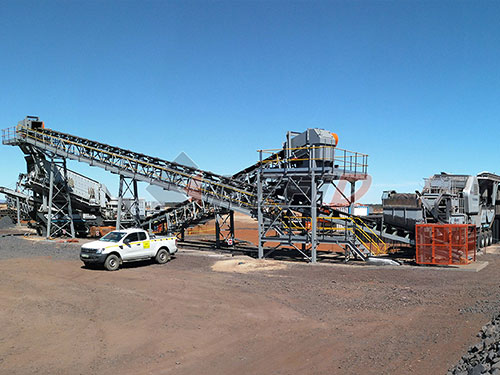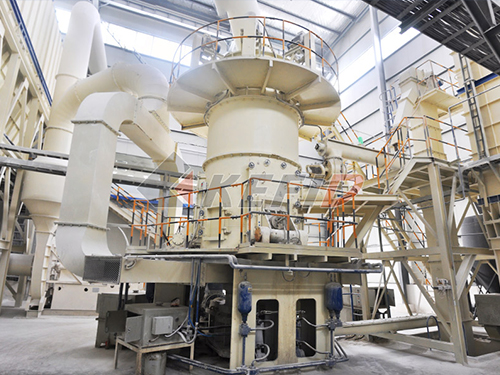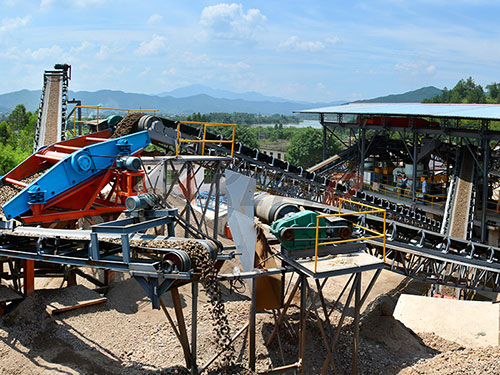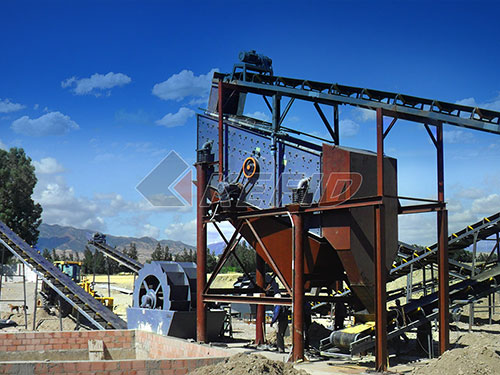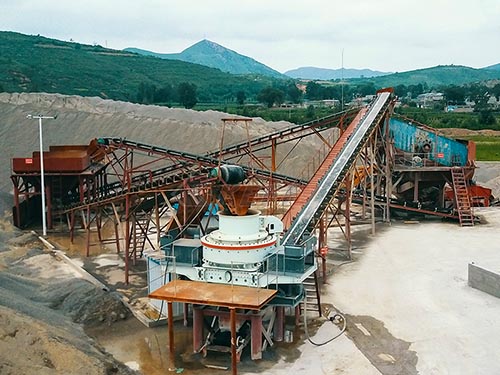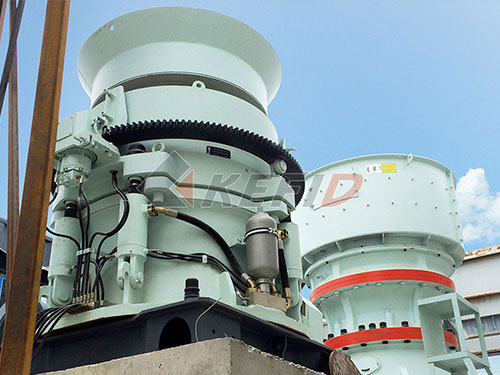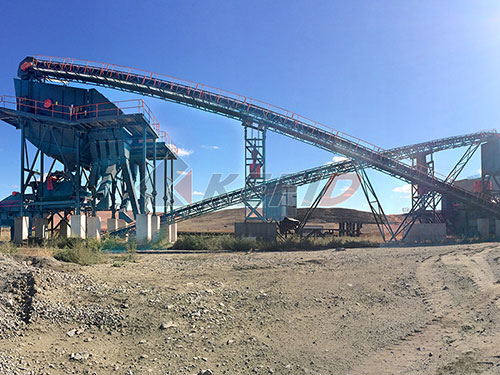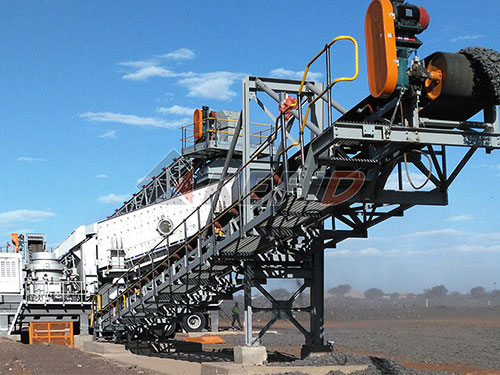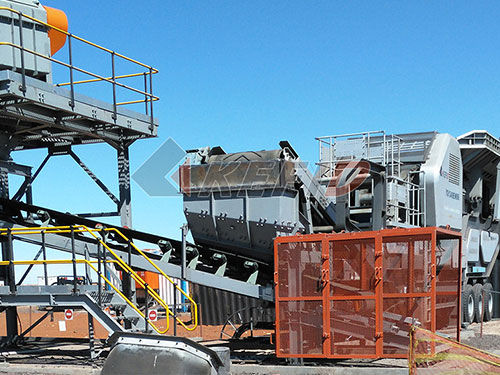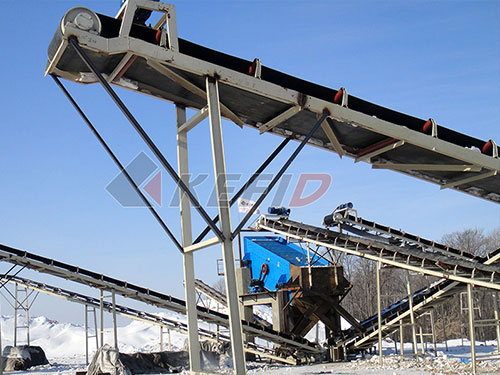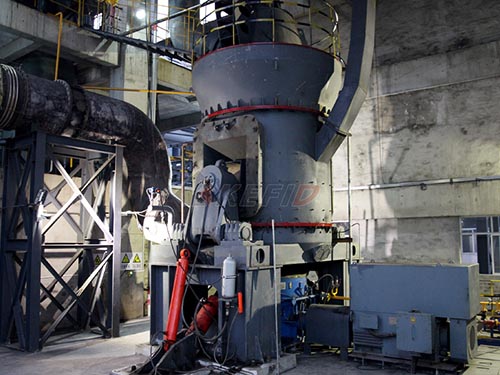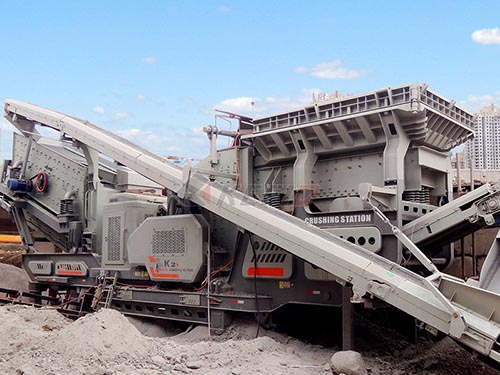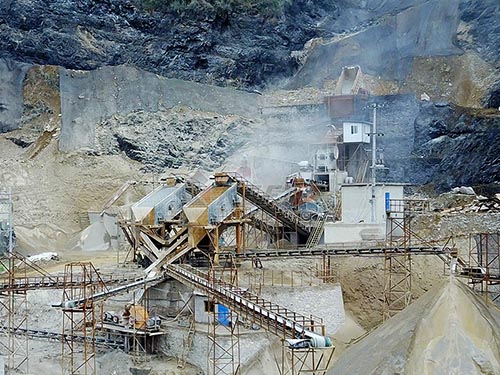Mobile Crushing: Powering Angola’s Rebuilding Boom and Creating Vital Jobs
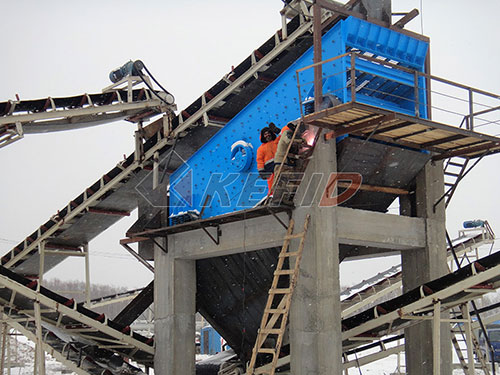
Angola stands at a pivotal moment. Decades of conflict have left scars, but beneath them lies immense potential fueled by vast mineral wealth and an urgent, nation-wide drive for reconstruction. Rebuilding shattered infrastructure – roads, bridges, railways, ports, housing – is not just a necessity; it’s the cornerstone of the nation’s ambitious economic diversification plans beyond oil. This monumental task demands colossal quantities of high-quality construction aggregates: crushed stone, gravel, and sand. Enter mobile crushing plants – dynamic, adaptable machines that are rapidly becoming indispensable tools in Angola’s rebuilding arsenal. Crucially, their deployment isn’t just moving rocks; it’s generating a significant wave of diverse and accessible employment opportunities across the country.
The Engine Room: Angola’s Reconstruction Imperative
The scale of Angola’s infrastructure deficit is staggering. Years of underinvestment and conflict damage necessitate a comprehensive overhaul. The government’s focus is clear:
1. Transportation Lifelines: Rehabilitating and expanding the national road network (thousands of kilometers), modernizing railways like the vital Benguela line connecting the coast to the interior and neighboring countries (DRC, Zambia), and upgrading ports (Luanda, Lobito) are paramount for internal connectivity and unlocking export corridors.
2. Urban Renewal: Major cities like Luanda face acute housing shortages alongside dilapidated public buildings and utilities. Large-scale urban development projects are underway.
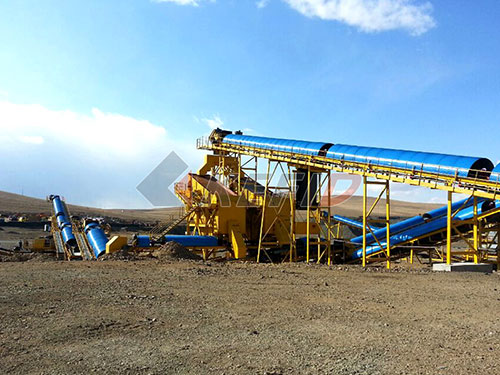
3. Energy & Water Security: Building dams (like Caculo Cabaça), power plants (thermal & renewable), transmission lines, water treatment facilities, and distribution networks is critical for sustainable development.
4. Mining Infrastructure: Developing access roads, processing facilities (especially for diamonds, iron ore), and export terminals to harness non-oil mineral wealth.
This translates into an insatiable demand for construction materials. Traditional fixed quarries struggle to meet this demand efficiently due to logistical constraints – transporting bulky materials long distances over poor roads is prohibitively expensive and slow.
Mobile Crushing: The Agile Solution
This is where mobile crushing technology shines:
On-Site Processing: Plants can be transported directly to large project sites (e.g., dam construction zones) or strategically located near raw material sources adjacent to new road alignments or urban developments.
Minimized Transport Costs: Crushing rock directly where it’s needed drastically slashes logistics expenses associated with hauling material from distant fixed quar


